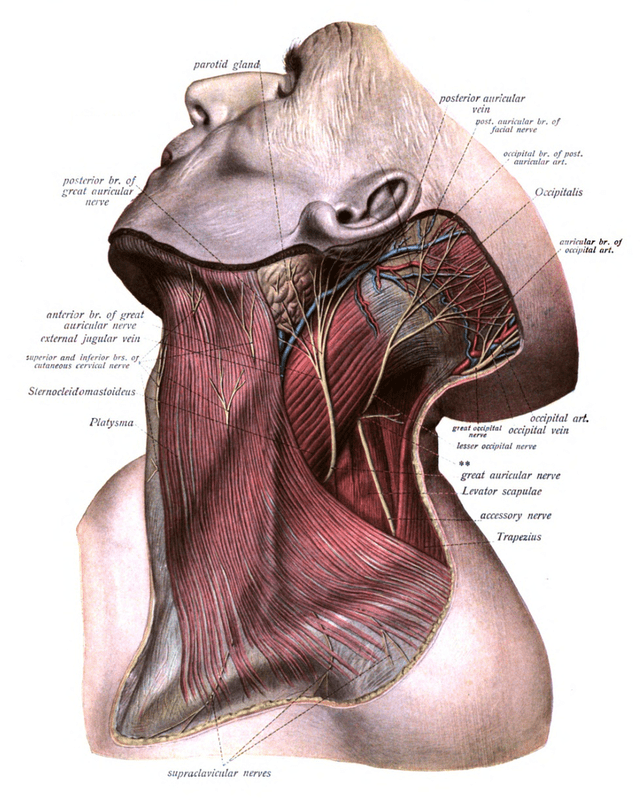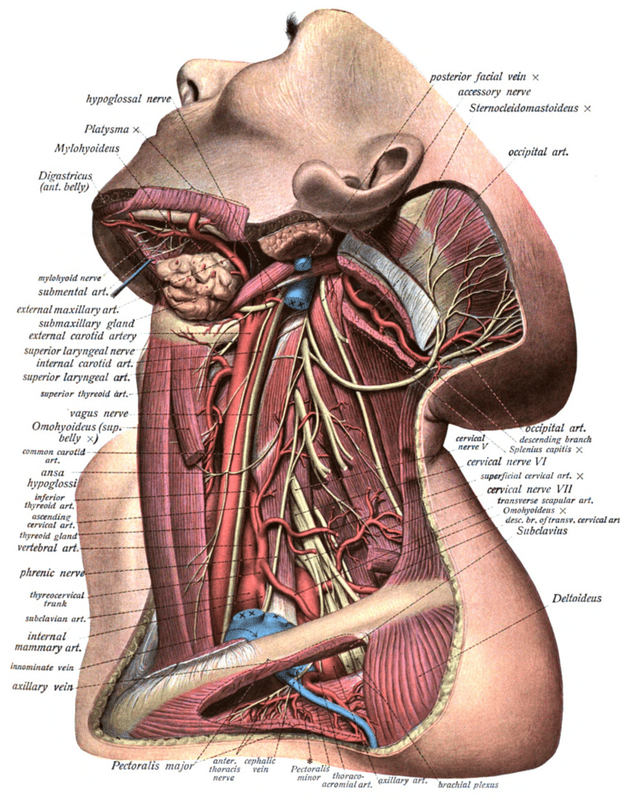TISSUE REMODELING AND THE VASOVAGAL RESPONSE
 |  |
Vasovagal Reaction: A reflex of the involuntary nervous system that causes the heart to slow down and that, at the same time, affects the nerves to the blood vessels in the legs permitting those vessels to dilate (widen). As a result the heart puts out less blood, the blood pressure drops, and what blood is circulating tends to go into the legs rather than to the head.” From an article on MedicineNet dot com (Definition of Vasovagal Reaction) by Dr. Benjamin Wedro, MD
In the years I’ve been doing TISSUE REMODELING, I can’t say I’m aware of any side effects of this method of treatment. Of course there may be some BRUISING, but that’s something patients are made aware of beforehand. There is, however, a small group of people I treat who, when they have Tissue Remodeling done for HEADACHES or NECK PAIN, end up with a vasovagal response (sometimes called a vasovagal reaction, vasovagal reflex, vasovagal syncope, etc, etc). By the way, the word ‘syncope’ is the medical word for fainting.
The Vagus Nerve is the tenth Cranial Nerve (CN X) and arises from the brain itself as opposed to the Spinal Cord like most nerves do. It makes its way down to the colon, regulating and helping to control all the structures it crosses PARASYMPATHETICALY. Although it supplies some motor input from the brain, it is mostly a sensory nerve that provides feedback to the brain concerning what’s going on in the organs.
Because the Vagus Nerve travels through the neck (not too distant from the SCM) running with the carotid artery, there is the potential to ‘stimulate’ it when I treat patients. No big deal for most, but several times a year this causes a random patient to have a vasovagal response (there is no way to predict who it will be). These responses are extremely similar across the board, virtually always involving the patient telling me they feel two distinct things; hot and faint (sometimes they report feeling queasy as well, although I have only had one or two patients actually vomit).
Because I almost always do Tissue Remodeling of the C-spine (neck) with the patient in a sitting position as opposed to laying down; if a patient starts complaining of any of these things, I will immediately stop treating, lay the patient down on the table in a supine (face up) position with their feet propped up, and use a towel to fan them while explaining to them (and whoever may be with them) exactly what’s going on. I always move the trash can next to the table for the patient to vomit in. After thirty seconds or so, the brunt of the episode is over.
The vasovagal reflex is completely gone within a couple of minutes, with no short term or long term effects. Although it will usually happen pretty early in the treatment, sometimes the vasovagal response did not happen until well into the treatment. About 15 years ago, I had a FEMALE PATIENT whose three–decade Migraine problem was hugely improved / largely solved with Tissue Remodeling. She had the vasovagal response the first time I treated her, but not until I was probably 5 minutes or so into the treatment. Despite this, she ended up getting treated two or three more times because she got such good results. But each time I treated her, she had the response.
My experience is that if a patient has had the response once, they will have it again if you try and treat them again. Is a vasovagal response similar to a seizure or concussion-like loss of consciousness? In a word, no. WebMD says on their site that, “Vasovagal syncope is usually harmless and requires no treatment.” Wikipedia says that, “Episodes of vasovagal response are typically recurrent and usually occur when the predisposed person is exposed to a specific trigger.” What do they list as the most common triggers? Although the list is extensive, the one that would be most related to what I do in my clinic is, “painful or unpleasant stimuli.” Which itself begs the question……
How painful and unpleasant is Tissue Remodeling? While it is certainly not fun to have done, for the average person, neither is it terrible. But because Scar Tissue is potentially 1,000 times more pain-sensitive than normal tissue (HERE), there are some people for whom treatment is more intense than others. What’s interesting is that to the best of my memory, I have never had a patient have a patient have a vasovagal response unless I was working in the cervical spine.
In order to break down the SCAR TISSUE and FASCIAL ADHESIONS (the medical community refers to this as “FIBROSIS“), treatment must sometimes be relatively intense (HERE). My opinion though, is that “pain” is not the reason for these responses. Instead, there is evidence that in a small number of people, stimulating the area of the neck around the SCM automatically stimulates the Vagus Nerve, which in turn causes the response.
Fortunately, not only are vasovagal reactions quite rare, you will know after one treatment if Tissue Remodeling will help your particular condition. To see hundreds of testimonials from people who have successfully undergone Tissue Remodeling, HERE is the place to look.
This post was specifically written for a patient who had a vasovagal response, as well as being a resource for me to send anyone who might have one in the future.
